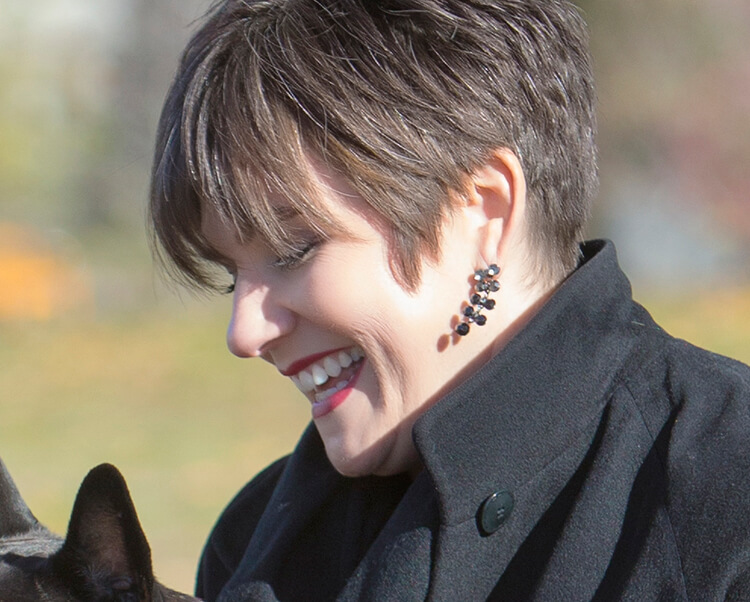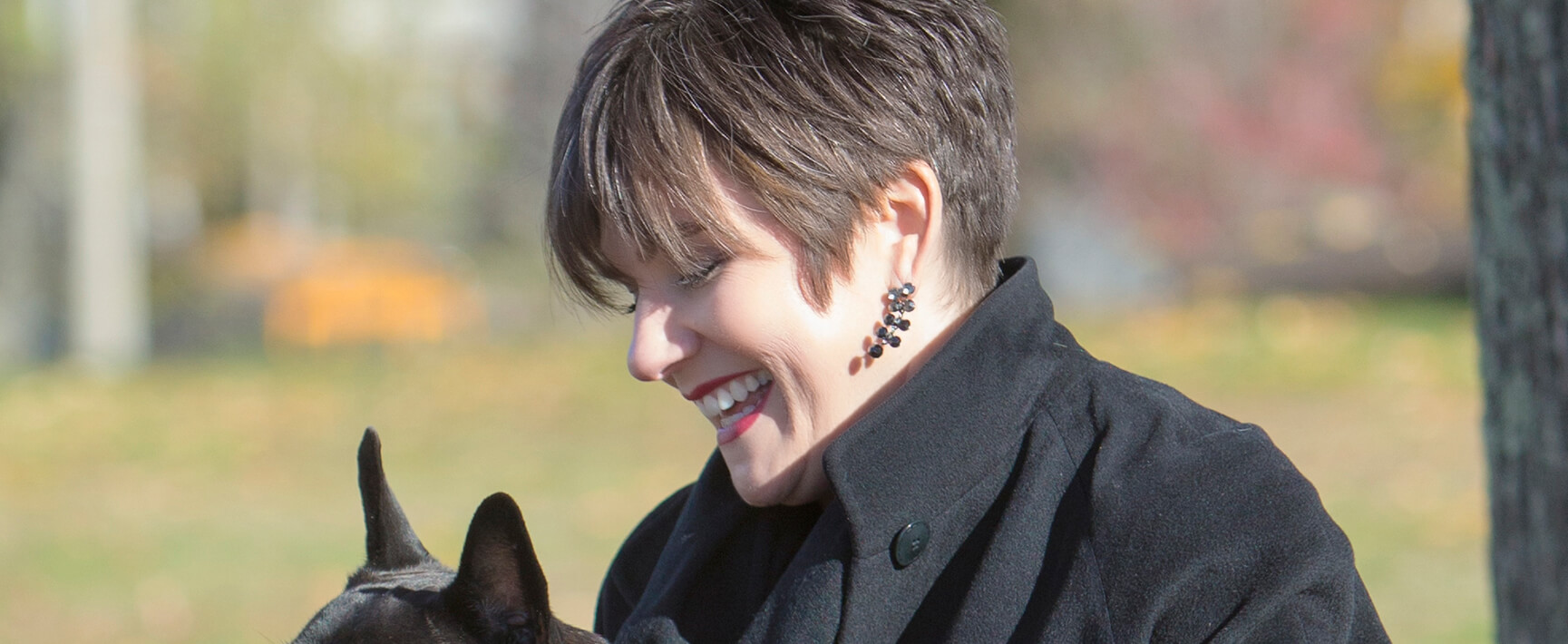Dog House Training Tips
BEING CONSISTENT, COMMITTED AND PATIENT WILL BUILD GOOD HABITS
House training can be easy if you are consistent, committed and patient with your new dog. Be prepared for a few accidents along the way, but know that with the appropriate response and ongoing training from you and your family, your puppy will be house trained before you know it!
Here are a few simple steps to follow to ensure success in your puppy’s house training.
Regulate Your Dog’s Eating and Drinking
- Set up a schedule. Feed, water, and walk your dog around the same times every day.
- Leave food down for 15 to 20 minutes and then remove it, even if there is food remaining.
- It’s recommended that puppies under 6 months be fed 3 times per day. Puppies 6-12 months feed 2 times per day. Dogs 1 year and older can be fed 1 or 2 times a day.
- Initially, make water available five to six times per day rather than leaving water down all of the time.
- Do not leave water in the crate, except in extreme heat, as your dog may drink it and need to eliminate soon after that.
- Remove water two hours before going in the crate for the night, except in extreme heat.
Get Your Puppy Outside
- Establish an area outside where you want your dog to eliminate.
- Every time you go out, take your dog to the elimination area and give the dog a cue, i.e., “Do your business!” or “Go potty,” etc.
- Reward appropriate elimination immediately with a treat and/or exuberant praise.
- Take your puppy outside:
- First thing in the morning
- Immediately after exiting their crate
- One to 15 minutes after consuming food or water
- After napping
- After or during high-energy play
- Prior to an extended stay in the crate.
- If your dog does not eliminate when taken outside, keep them crated or supervised and try again later.
Supervise and Use A Crate or Small Penned-In Area
- Most dogs enjoy being in their crate if it is the right size and they are comfortable and properly introduced to the space. Dogs are den animals and view the crate as their special place where they do not want to go to the bathroom. If they do, there is a problem you need to address.
- Provide a crate that is an appropriate size for your dog. A crate should at least be large enough for your dog to stand up, lie down (with legs extended), and turn around. If the area is too big, your dog may begin to use part of it as an elimination area. If they do eliminate in the crate (or pen), decrease the size of the area.
- You may also consider using an exercise pen with your dog as long as they are not eliminating in the pen.
- Your puppy should be in the crate when unsupervised to minimize accidents, including overnight.
- Having the leash on inside the house is helpful for supervising your dog by preventing them from wandering off and getting into trouble. This way, your pup does not have to spend as much time in the crate and will remain under your supervision.
Address Inappropriate Elimination
- If, and only if, you catch your dog in the act of eliminating inside, startle them by clapping your hands together and saying, “NO!” Immediately escort them to the proper elimination area and reward them if they eliminates there. Never rub their nose in the mess.
- If you did not catch your dog in the act, you should not reprimand them.
- Clean accident areas thoroughly and treat with an enzyme-activated solution such as Nature’s Miracle.
- Try to understand why this happened. Did you forget to let your dog out in time or did you forget to keep an eye on them?
Continue this program until your dog has not had any accidents in the house for at least several weeks. Gradually allow your dog to spend more time unsupervised, out of the crate, perhaps initially limited to the kitchen or some confined space that can be easily cleaned.


